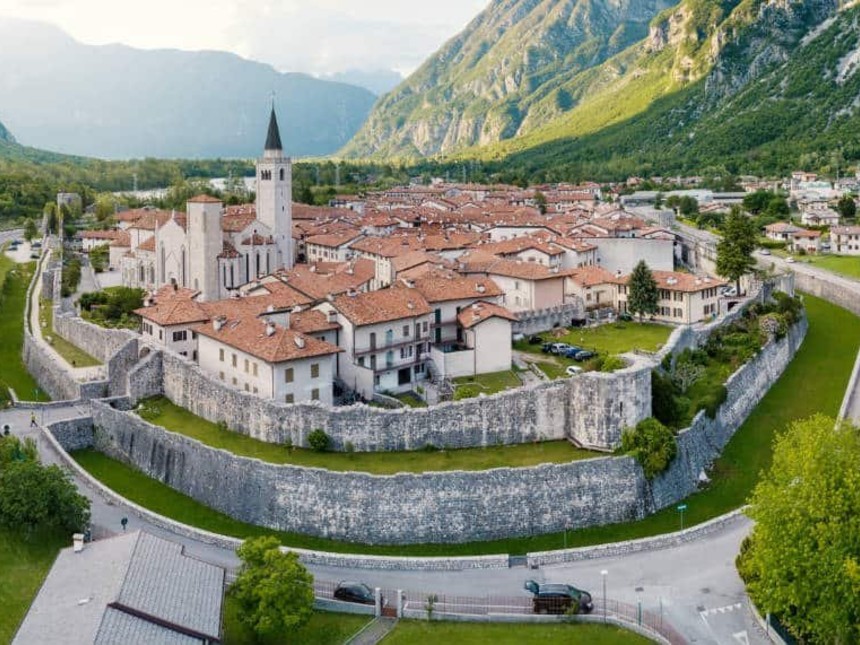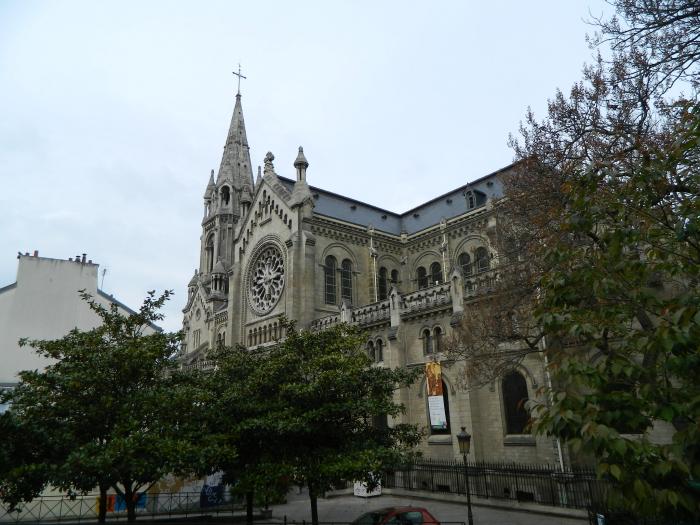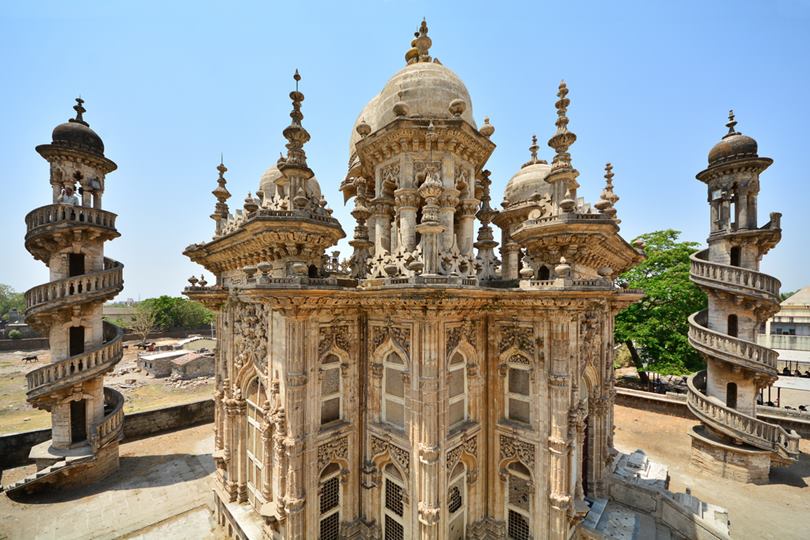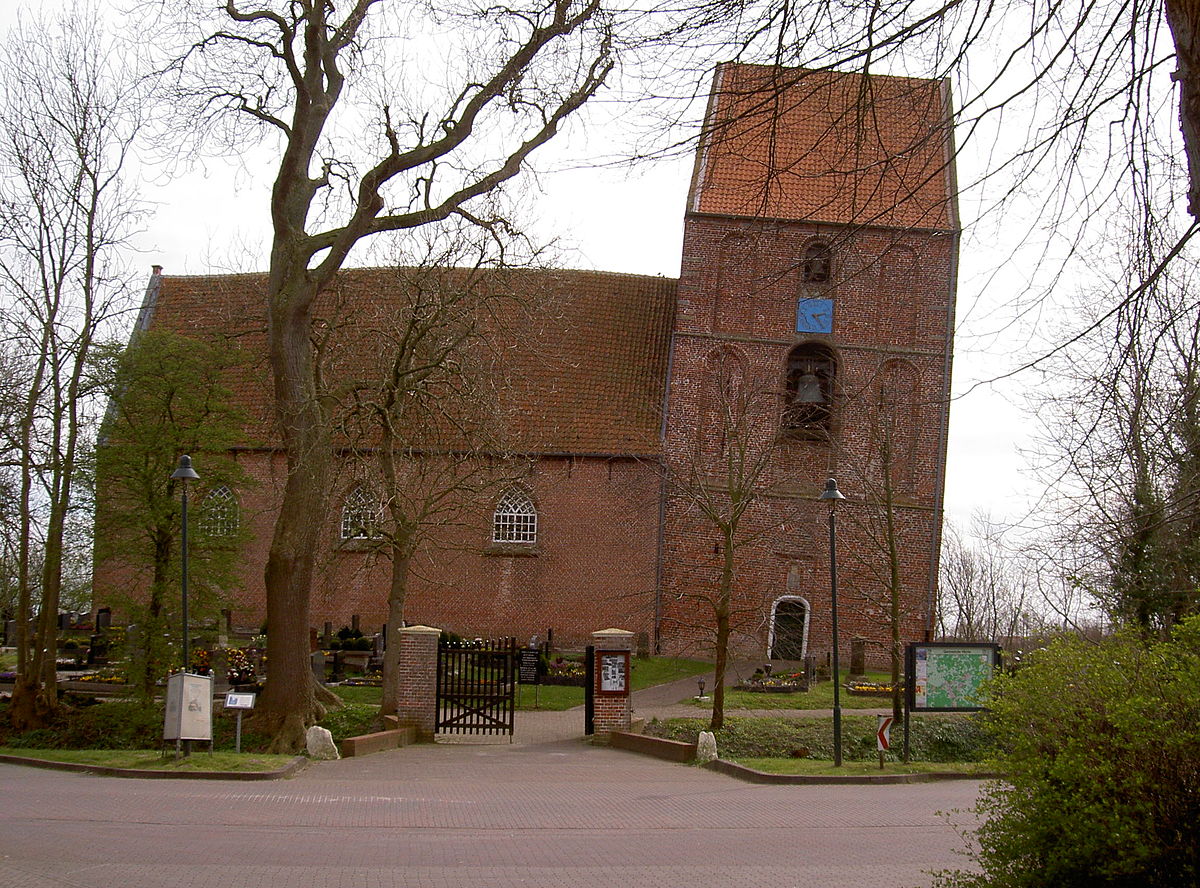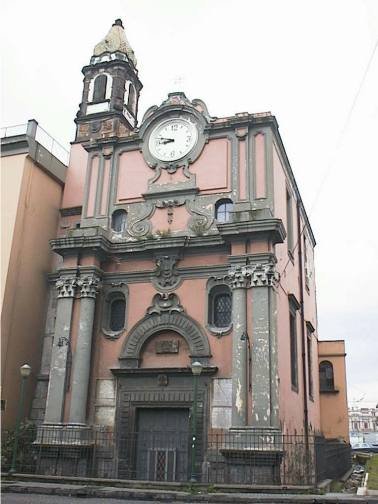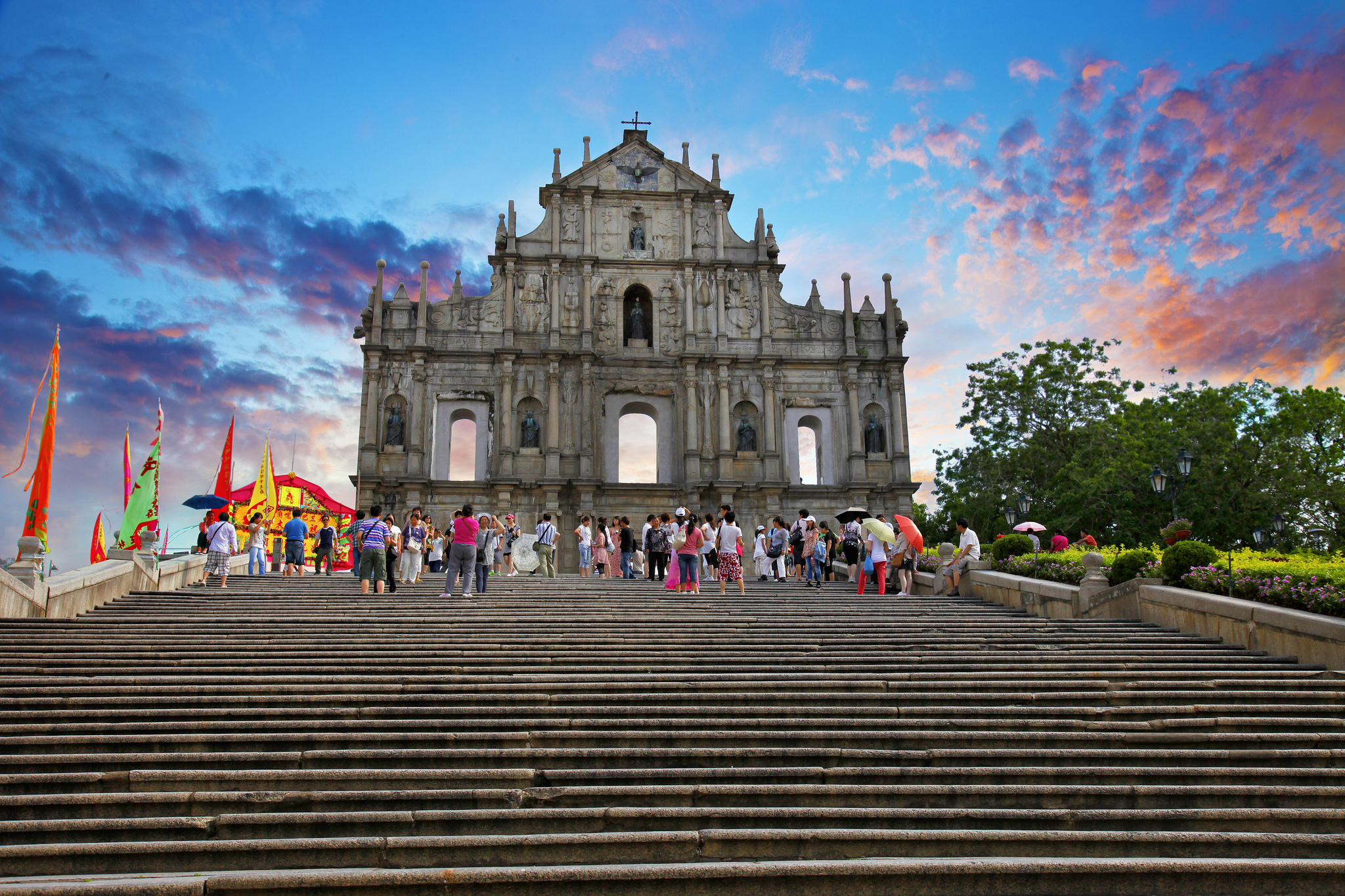The Cathedral of Venzone is dedicated to St. Andrew the Apostle. It was almost completely destroyed by the earthquake of 1976 and rebuilt between 1988 and 1995, by anastylosis, that is to say with the relocation in the original seat and with the primitive connection, of the detached parts.
In the sixth century in the area there was already a place of worship. The cathedral was built on an original Roman "stazio", with local stone. Archaeological research has shown that near the wall of the façade there was a Carolingian-Ottonian church enlarged by Glizoio di Mels in 1251. Above this was built the cathedral in 1308, a masterpiece by Giovanni Griglio who had worked on the one in Gemona a few years earlier. It was consecrated on 2nd August 1338 by Patriarch Bertrando.Venzone, after numerous struggles with Gemona, obtained its first religious independence from Gemona in 1391, with a papal bull by Pope Boniface IX, becoming a parish church in its own right. The "pro-tempore" parish priest can boast the title and privileges of Chaplains of His Holiness, as per the "Apostolic Brief" of Pope Pius XI, dated 17 November 1930.
On the outside, the Cathedral of Venzone is decorated with statues and reliefs of the fourteenth century and six Venetian-Byzantine paterae set in the forepart of the portal. It has three portals, among which the most interesting is the northern one. In this one, in the lunette above the portal, there is a blessing Christ among the symbols of the four evangelists; on the southern one there is a statue of the Coronation of the Virgin; in the central portal there is a Crucifixion, unfortunately ruined by a fire during the restoration works in 1983.
The interior is in the shape of a Latin cross, consisting of a single longitudinal nave and a large transept with three apsidal presbyteries and two towers at the side. With the earthquake the works of art it contained were unfortunately almost totally lost. You can admire fourteenth-century frescoes that remained almost intact after the 1976 earthquake and that recent studies have managed to place historically. Among these are the large fresco of the Consecration of the Cathedral and a Saint Martin with the poor man painted in the manner of Vitale da Bologna, datable to around 1350; and a magnificent Saint George freeing the princess from the dragon in a clearly Nordic style. In the chapel of the Gonfalone, fragments (recovered in 1977 from the rubble) of frescoes depicting not only angels, but also characters and fantastic architecture. Other subjects were the Coronation of the Virgin, the Blessing Angel (1410-15) by Antonio Baietto and Domenico Lu Domine.
Bernardino da Bissone sculpted the two stoups, the baptismal font and the Antonini tombstone. Among the altarpieces we must remember that of Sant’Orsola with her handmaidens from the end of the 16th century by Andrea Petrolo, that of the Madonna del Rosario, a pleasant work by the Swiss Melchiorre Widmar, from the second half of the 17th century.
